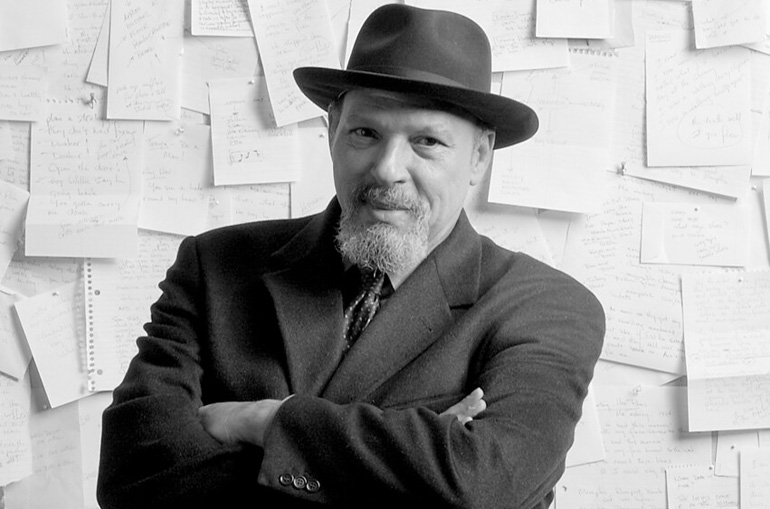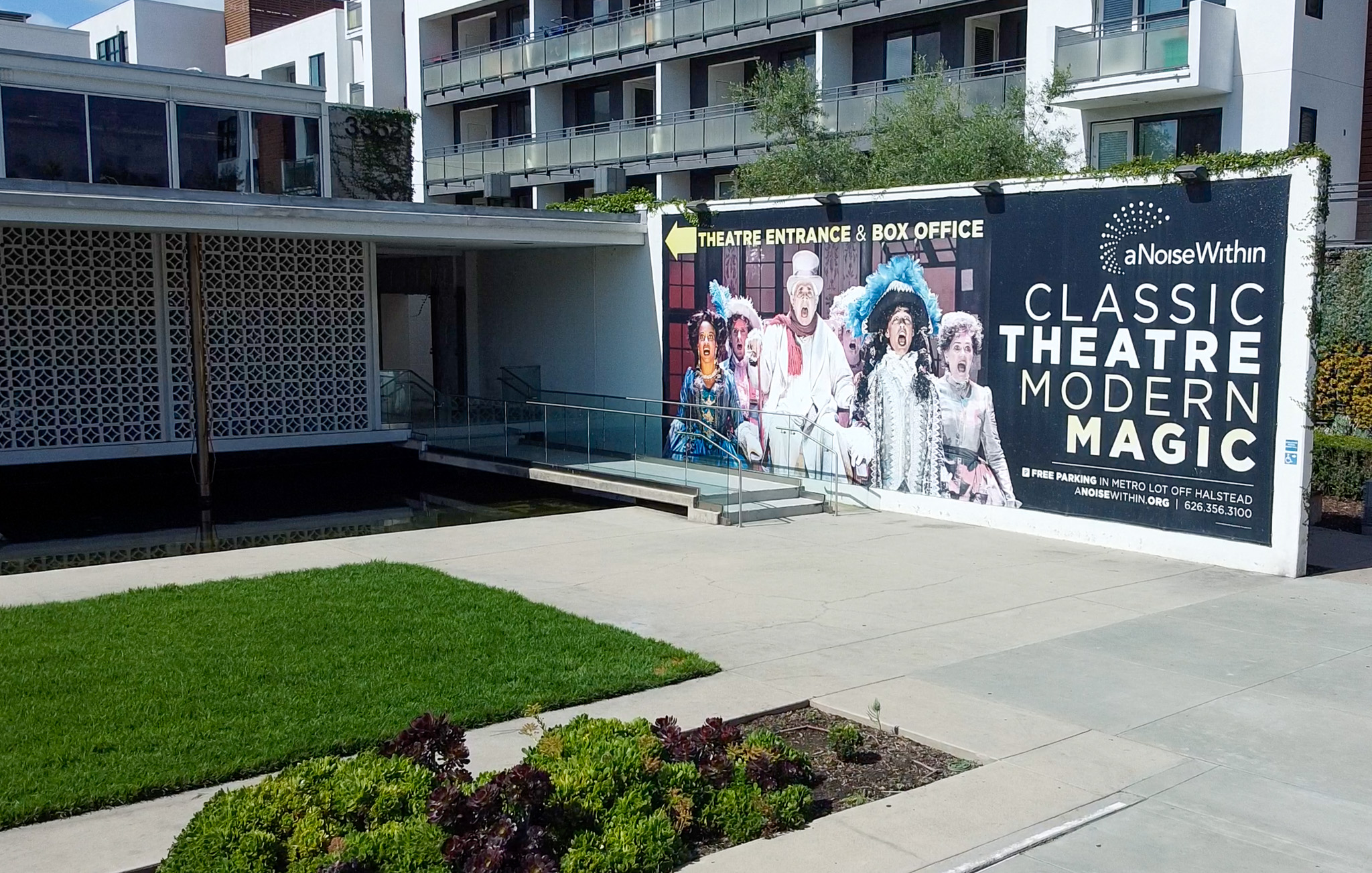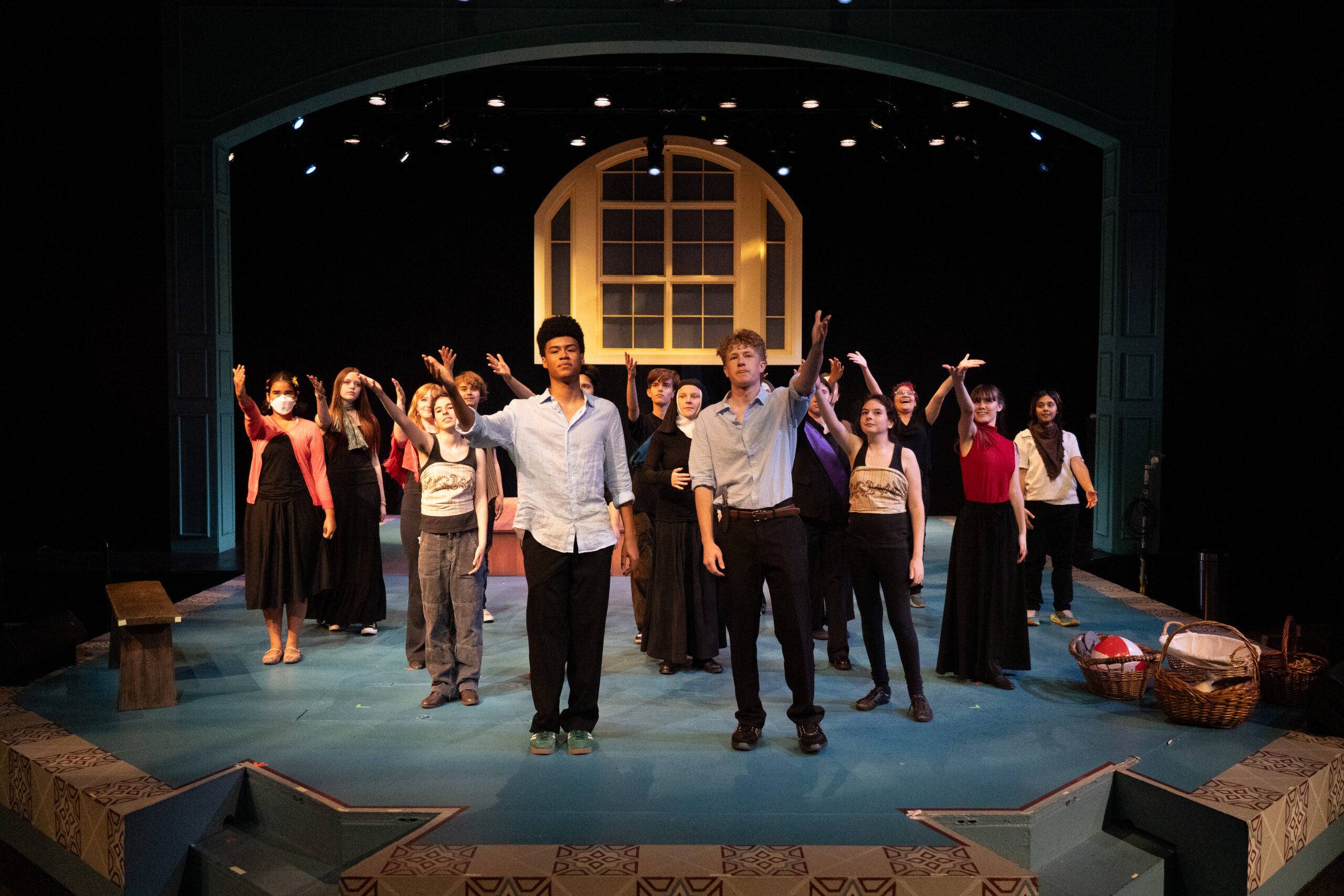August Wilson’s American Century Cycle

By A Noise Within
October 30, 2019
After the Roman Empire fell in the 600s CE, theatre all but disappeared. What was once a celebrated and communal art form in ancient Greek and Roman societies, theatrical storytelling largely fell out of practice. However, around the year 1000 CE, theatre started to make a comeback. However, the art form had changed. No longer was theatre a tool for social commentary and satire or for exploring great tragedy as it had been in ancient Greece and Rome. Instead, theatre became a tool to express stories based in Christianity.
During this time, churches began to produce liturgical dramas, short dramatic performances of biblical stories. The number of these short dramas grew until eventually, they were organized into what is known as a cycle, covering all biblical stories from creation to the Last Judgment. These cycles were known as Mystery Cycles and were made up of up to 50 short plays which were typically performed over two-or-three-day periods.
Over the course of his playwriting career, August Wilson wrote his own cycle of ten plays collectively called the “American Century Cycle” (also sometimes known as the “Pittsburgh Cycle”). In his cycle, Wilson sets each of his ten plays in a different 20th Century decade. The result is a chronicle of the complexities of the changing social and historical landscape of the Black American experience over the course of 100 years. The plays in Wilson’s cycle, except Ma Rainey’s Black Bottom, are set in the Hill District of Pittsburgh, Pennsylvania—the area of Pittsburgh where Wilson grew up.
When he began writing his plays, Wilson did not have a large-scale cycle in mind. In fact, he wrote the plays out of order—Wilson’s first play, Jitney, is set in the 1970s, his second is set in the 1920s, and his third in the 1950s. Eventually, Wilson realized that he could create a cycle out of his plays. While the ten plays in his cycle all serve a greater narrative spanning 100 years, there is no single thread that runs through all ten of the plays.
Instead, the cycle tells the story of a neighborhood through time—the changes in the community that inhabits the neighborhood, and the challenges the individuals in that community face. In his cycle, Wilson highlights characters who typically go unnoticed in society—an elderly woman in Gem of the Ocean, a garbage man in Fences—giving voice to otherwise invisible groups. The plays in his cycle also tend to feature spiritual and supernatural elements of African and African American cultures set against the gritty realism of a city plagued by inequality. In an essay published in The New York Times in 2000, Wilson wrote this about his work: “I wanted to place this culture on stage in all its richness and fullness and to demonstrate its ability to sustain us all in areas of human life and endeavor and through profound movements of our history in which the larger society has thought less of us than we have thought of ourselves.”
Are you interested in seeing our latest installment of Wilson’s American Century Cycle? Get tickets to Seven Guitars.









